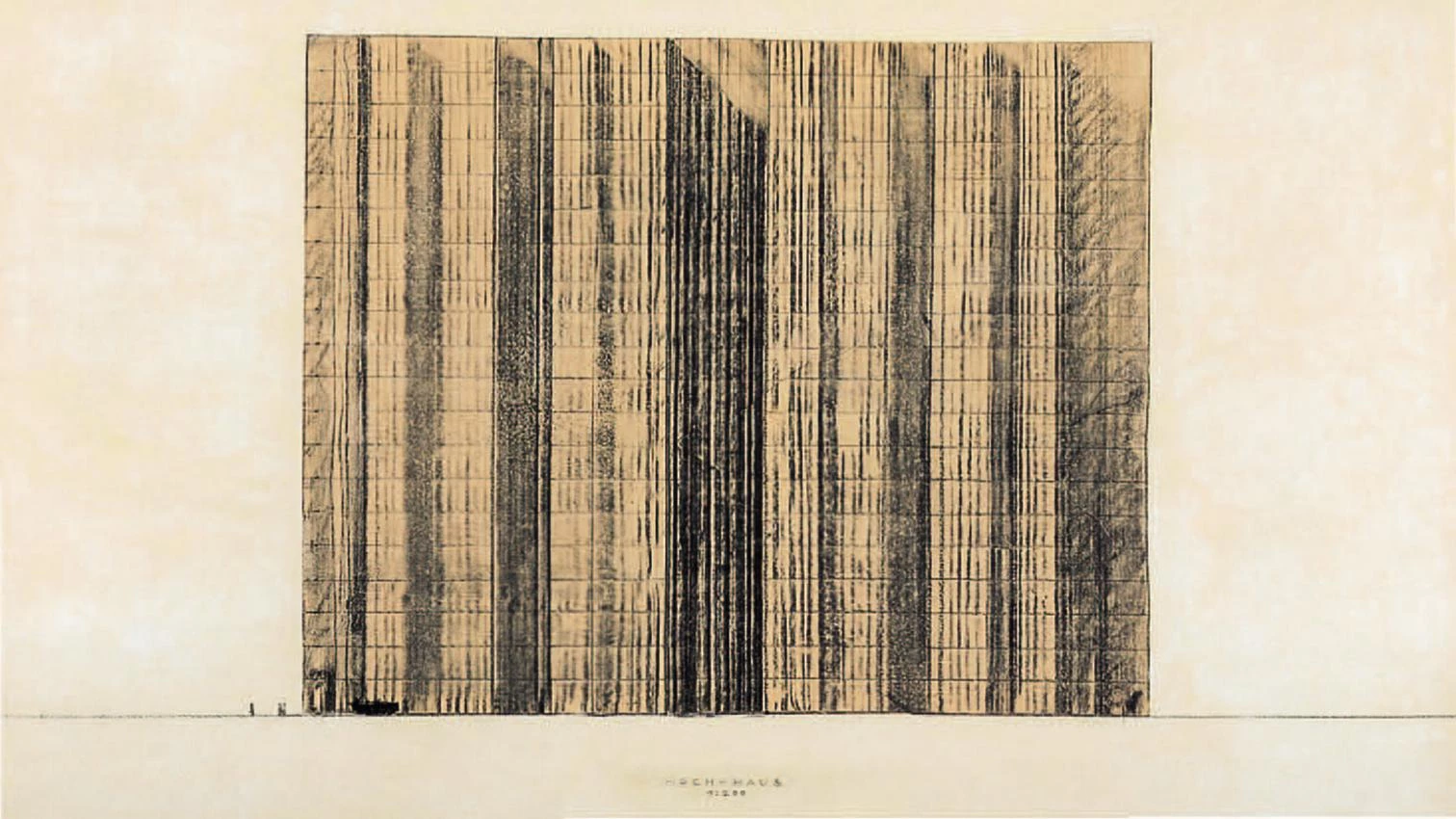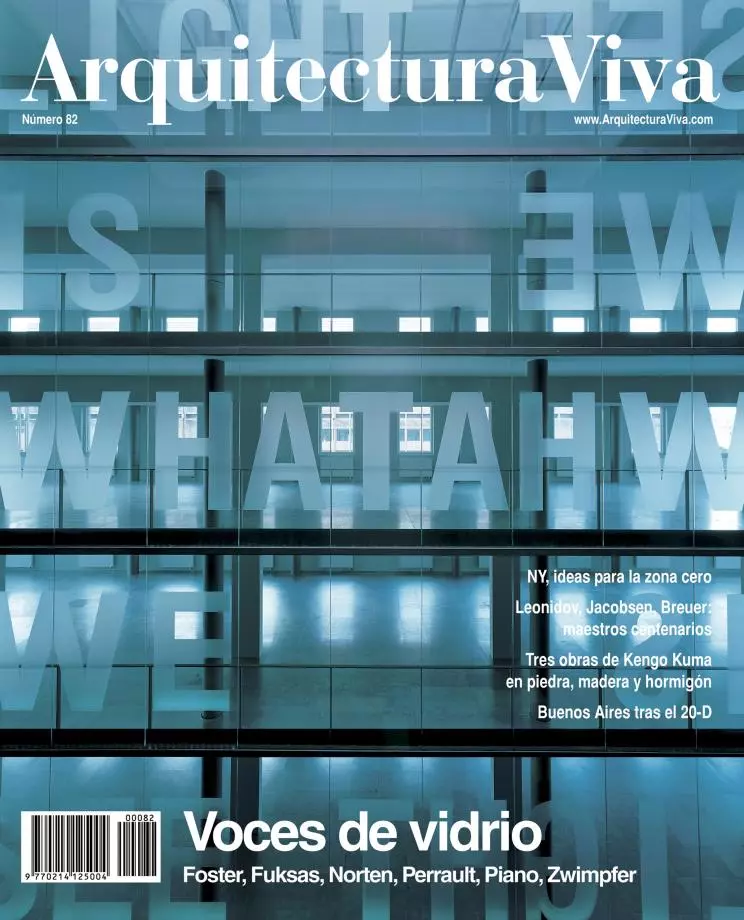
Mute glass gave voice to the 20th century; in the current one, glass shouts out to make itself heard. The two souls of glass gave life to the avant-gardes: the carved facets of crystalline glass served as a symbol of a luminous regeneration, and the laminar accuracy of transparent glass was used as an emblem of mechanical perfection. If the quartz crystals of Alpine architectures promised to renovate the world with the mineral purity of nature, the vitreous facades of urban constructions proposed to transform the environment using the reason of the machine, and both reflections and transparencies combined to design a future of material and visual clarity. But neither the subjective sparkles of expressionism adjusted well to the geometric matrix of enlightened objectivity, nor the baroque illusions of mirrors accepted their exile from the territory of modernity, and the even panorama of transparent glass ended up breaking apart to form a landscape of shimmering crystalline splinters.
Modern transparency had found in glass the best metaphor of a society open to scrutiny, fascinated by industrial precision, and that pursued to build with constructive truth, functional logic and elementary forms. This interpretation, canonical since Pevsner and Giedion, which found the core of the century in mechanization, Gropius and Berlin, was questioned by Anglo-Saxon formalist criticism, which preferred to articulate the modern revolution through artistic mutations, Le Corbusier and Paris, and this is the story underlying Colin Rowe’s emphasis on the apparent transparency of cubist painting as compared with the literal transparency of glass architectures. However, modern glass would not be shattered by this historiographic revision, but rather by the dramatic political convulsions that undermined the optimistic trust in the enlightened project, bearing witness to the totalitarian dimension of technical reason, and showing the obscurely oppressive character of the transparent city of lights.
As Goethe on his deathbed, modern architecture demanded “light, more light”, and that luminous will ended up perverting itself in crystalline prisms that science fiction imagined inhabited by androids, while the jagged utopias of Taut in the Alps were replaced by the frozen geode of Superman in the Arctic, and the essential geometries of Malevich gave birth to Kubrick’s hermetic monolith, an inhuman crystal that summarizes the terminal crisis of modern reason. The cold fragility of glass makes it so unfriendly to touch as oblivious to shelter or marks, and it is not surprising that Barragán warned us about the mistake of having replaced “the protection of walls for the exposure of glass”, nor that Derrida staged his rupture with deconstructivist architects in the context of their defense of glass, whose unalterable nature “does not allow human existence to leave traces of its passage”. While we hear the crash of broken glass, the vitreous dream becomes a glazed awakening.
[+]





